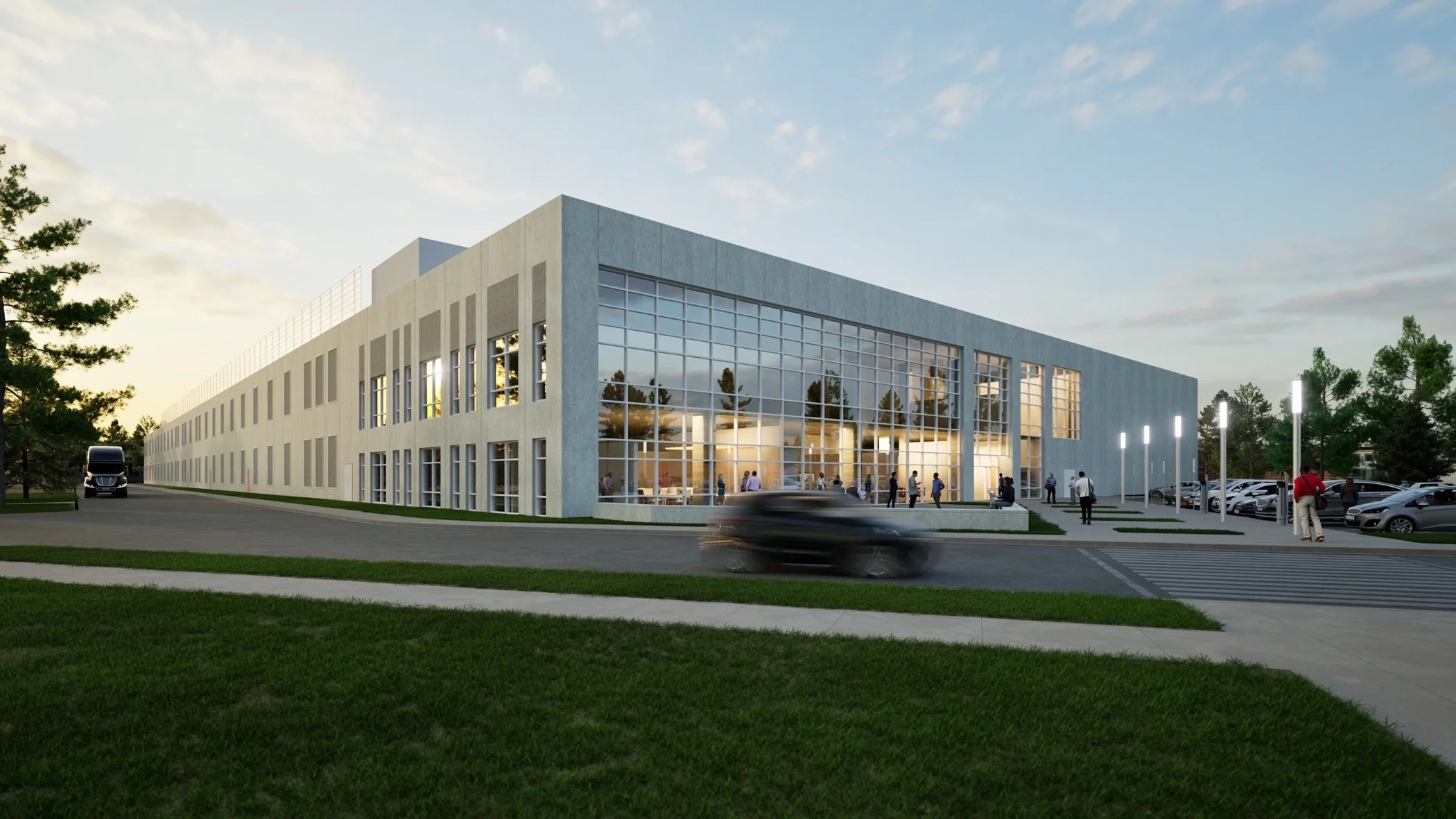The Case for Philanthropy in Tomorrow’s Infrastructure
(Previously published on Medium)
In 1640, the Massachusetts General Court issued Harvard College a charter to operate a ferry between Boston and Charlestown. The value was not in the vessel — but in the exclusive right to operate it. Harvard leased the charter and used the revenue to fund its early operations. For nearly 150 years, the ferry was the only crossing point on the Charles River. It functioned not just as transport, but as income infrastructure.¹
In 1785, lawmakers introduced a new layer: the Charles River Bridge Company. It was granted the right to build and operate a toll bridge in the same corridor. In return, the company collected tolls for forty years (later extended to seventy), after which the bridge would transfer to the state. To compensate Harvard for lost ferry income, the new operator was required to pay the college £200 annually. This wasn’t simply a concession; it was a structured agreement that protected legacy value while advancing new capabilities. That architecture remains instructive. Today, we categorize this logic as public-private partnership (PPP): a model where the public sector grants rights, the private sector builds, and the upside is distributed.²
The components have evolved. We have fiber instead of ferries and compute in place of cobblestone. But the need for structured reciprocity has not evolved with them. This requires structural safeguards that bind private innovation to lasting public value.
The Harvard ferry precedent deserves closer scrutiny. In the seventeenth century, lawmakers monetized a vital public service (a ferry to traverse the waterway) by granting a monopoly charter. But what they also did was embed a safeguard. When a superior crossing emerged, the Charles River Bridge, the new concessionaire was required to compensate the old. Value for the Commonwealth was not left to the invisible hand; it was secured by contract.
Recent infrastructure ventures highlight a shift in how public participation is structured. Governments remain significant financial partners, often through legislation like the Infrastructure Investment and Jobs Act, which allocates over $500 billion toward transport, energy, and digital systems. But public capital increasingly supports foundational layers (permitting, baseline subsidies, shared infrastructure) rather than full project underwriting. At the same time, the social dividend often depends on corporate pledges rather than formal mechanisms. The capacity for public benefit exists, but the architecture to secure it is often left incomplete.
We are no strangers to the fact that modern infrastructure is no longer confined to asphalt and rebar. It now spans compute clusters, grid-level batteries, and resilient broadband. But, what if the next large infrastructural venture inserted a philanthropic layer that supplied capital and hard-wired measurable social dividends? Not from the company, but from the third sector itself? Four centuries ago, a ferry charter helped finance a college; four months ago, an Al consortium promised a half-trillion dollars of silicon and steel without touching the tax base. What if philanthropic capital could absorb early risk and recycle its gains, turning ambitious private undertakings into lighter-touch quasi-PPPs that compound public value for decades to come?
Donor-advised funds (DAFs) collectively hold more than $230 billion in the United States. Theoretically, a pooled DAF ‘fund-of-funds’ committing only a sliver of that total could supply a first-loss or recoverable-grant layer to technological or climatic infrastructural projects. This could absorb early risk and lower the cost of senior capital. In exchange, it would capture cash flows from the project’s ancillary infrastructure: surplus-power sales, dark-fiber leases, capacity credits, verified carbon instruments. Those revenues would recycle into the DAF pool, preserving philanthropic firepower while locking in public commitments (stronger regional infrastructure, deeper talent pipelines) all without tapping the tax base or diluting private returns.
Precedents already exist at smaller scale. Organizations like Prime Coalition have pioneered the use of philanthropic risk capital to de-risk early-stage energy infrastructure investments. Similarly, Breakthrough Energy Catalyst structures layered financing for grid-scale energy storage, hydrogen hubs, and carbon capture projects. Blending philanthropic and institutional capital helped to compress timelines and lower execution risk. In both cases, catalytic first-loss layers compressed development timelines, lowered execution risk, and unlocked institutional investment that would otherwise have been priced out by early-stage uncertainty. These models demonstrate that philanthropy, when architected strategically, can operate not simply as grant-making but as structural infrastructure for new markets.
Further:
¹ Supreme Court of the United States. Charles River Bridge v. Warren Bridge, 36 U.S. 420 (1837).
² World Bank. “About Public–Private Partnerships.” Accessed 2025.
